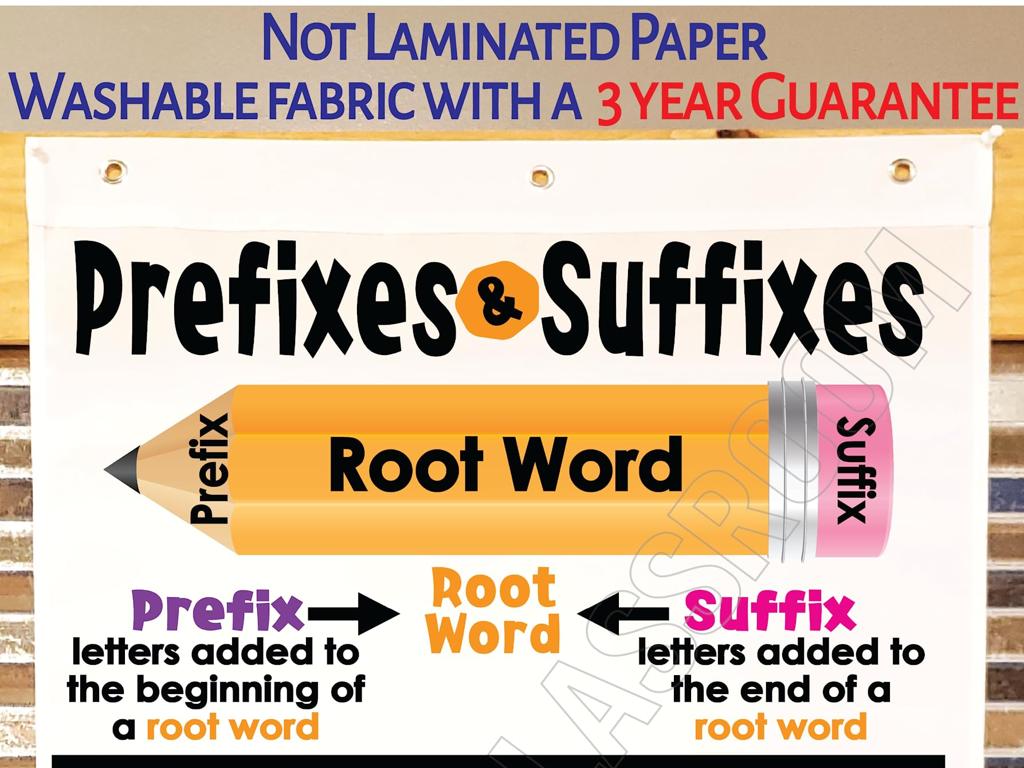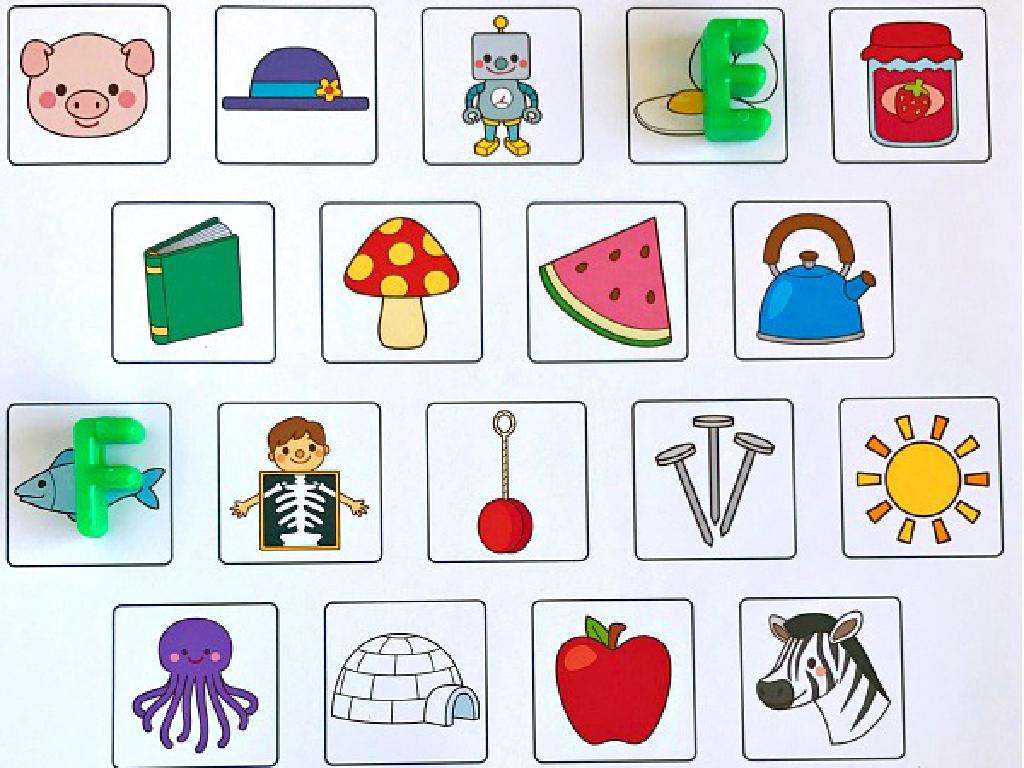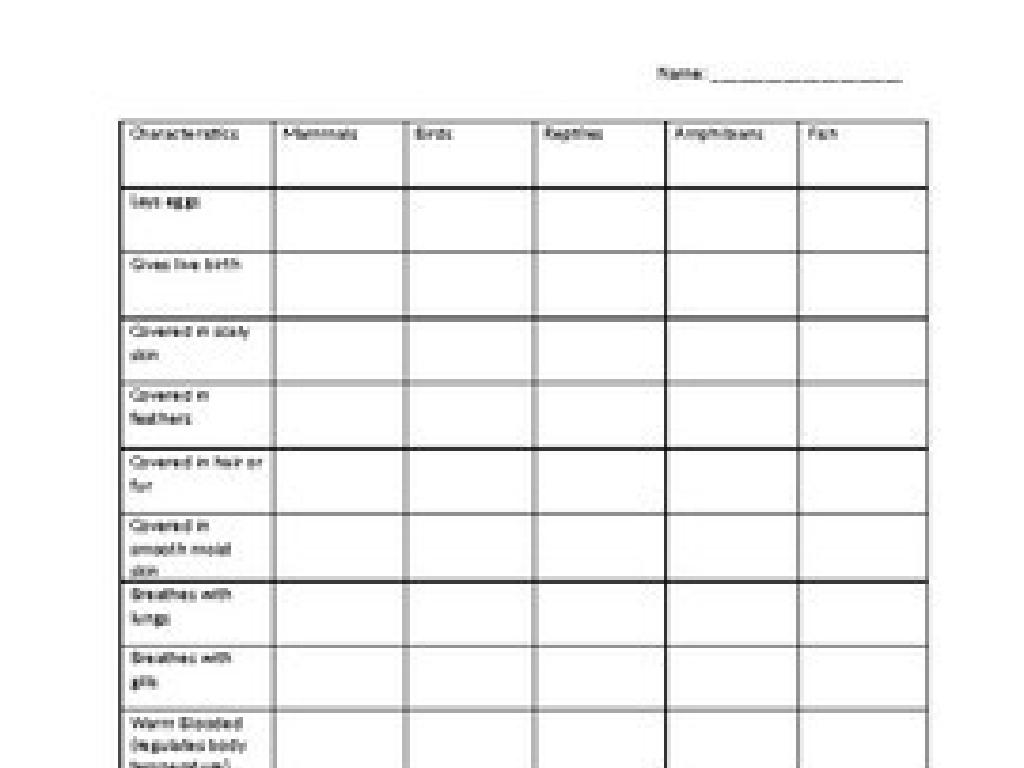Cube Roots Of Positive And Negative Perfect Cubes
Subject: Math
Grade: Eighth grade
Topic: Square Roots And Cube Roots
Please LOG IN to download the presentation. Access is available to registered users only.
View More Content
Introduction to Cube Roots
– Difference between square & cube roots
– Square root finds a number that, when squared, equals the original number. Cube root finds a number that, when cubed, equals the original number.
– Defining cube root
– Cube root of a number is a value that, when multiplied by itself three times, gives that number.
– Recognizing perfect cubes
– Perfect cubes are numbers that are the cube of integers, like 8 (2x2x2) or 27 (3x3x3).
– Cube roots of negative numbers
– Negative numbers can have cube roots, e.g., -8 has a cube root of -2.
|
This slide introduces the concept of cube roots as part of the broader topic of square roots and cube roots. Begin by explaining the difference between square and cube roots, emphasizing the ‘cubed’ aspect. Define what a cube root is and provide examples. Highlight how to identify perfect cubes by looking for numbers that can be expressed as the product of an integer multiplied by itself twice more. Also, clarify that unlike square roots, cube roots can be found for negative numbers because the cube of a negative number is negative. Use visual aids or interactive elements to help students visualize the cubing process. Encourage students to list out perfect cubes to familiarize themselves with these numbers.
Understanding Perfect Cubes
– Define perfect cubes
– A number multiplied by itself three times, e.g., 2 x 2 x 2
– List cubes from 1 to 10
– 1^3=1, 2^3=8, 3^3=27, …, 10^3=1000
– Visualize cubes: 2^3, 3^3, 4^3
– Use blocks or diagrams to show the concept of volume
|
This slide introduces the concept of perfect cubes, which are the result of multiplying a whole number by itself twice more (n x n x n). Provide a list of perfect cubes from 1 to 10 to help students memorize and recognize them. Use visual aids like cubes or 3D models to demonstrate how 2^3, 3^3, and 4^3 represent the volume of a cube, reinforcing the spatial understanding of the concept. Encourage students to visualize and draw their own representations of perfect cubes to enhance their grasp of the topic.
Cube Roots of Positive Perfect Cubes
– Calculating cube roots
– To find the cube root, ask ‘What number multiplied by itself three times equals the cube?’
– Cube root examples: 27, 64, 125
– For 27, 3×3×3 = 27, so cube root of 27 is 3. Similarly, find roots for 64 and 125.
– Practice: Cube root of 216
– Apply the method to find the cube root of 216. What number times itself three times equals 216?
|
This slide introduces the concept of cube roots for positive perfect cubes. Start by explaining the process of calculating cube roots, which is finding a number that, when multiplied by itself three times, gives the original number. Use concrete examples like 27, 64, and 125 to illustrate the concept. For the practice problem, guide students to find the cube root of 216 by considering the factors of 216 and identifying the number that appears three times in the factorization. Encourage students to work through the problem and verify their answer by cubing it. This exercise will help solidify their understanding of cube roots and prepare them for more complex problems.
Properties of Cube Roots
– Cube root of a product rule
– The cube root of a product is the product of the cube roots
– Cube root of a quotient rule
– The cube root of a quotient is the quotient of the cube roots
– Even properties of cube roots
– Even cube roots only for positive numbers
– Odd properties of cube roots
– Odd cube roots exist for negative numbers
|
When teaching the properties of cube roots, emphasize the rules for both products and quotients. For the cube root of a product, students should understand that (a*b) = a * b. Similarly, for the cube root of a quotient, (a/b) = a / b. Highlight that even cube roots (e.g., 64) are only real for positive numbers, while odd cube roots (e.g., -125) can be found for negative numbers as well. Provide examples for each property to solidify understanding, such as (27*64) or (64/27), and explain how to simplify these expressions. Encourage students to practice these properties with different numbers to gain fluency in identifying and applying cube roots.
Cube Roots of Negative Perfect Cubes
– Define negative perfect cubes
– A negative perfect cube is a negative number that can be written as the cube of an integer.
– Examples: Cube roots of -27, -64, -125
– For -27: (-3)^3, -64: (-4)^3, -125: (-5)^3
– Practice: Cube root of -343
– Find what number multiplied by itself three times equals -343
– Application in solving problems
|
This slide introduces students to the concept of cube roots of negative perfect cubes. Start by explaining that a negative perfect cube is formed when an integer is multiplied by itself three times, resulting in a negative product. Provide examples with -27, -64, and -125 to illustrate the concept. For the practice problem, guide students to find the cube root of -343 by considering what integer, when cubed, results in -343. This exercise will help solidify their understanding of cube roots and prepare them for more complex problem-solving involving negative perfect cubes. Encourage students to think about real-world scenarios where this knowledge might be applicable.
Real-World Applications of Cube Roots
– Cube roots in volume calculations
– Volume of a cube = side^3, so cube root gives the side length.
– Architecture: Design using cube roots
– Architects use cube roots to determine the space inside structures.
– Engineering: Cube roots for stability
– Engineers calculate load-bearing capacity with cube roots.
– Problem-solving with cube roots
– Real-life problems, like finding the size of a cube-shaped container.
|
This slide aims to show students how cube roots are applied in various real-world scenarios, emphasizing the practicality of what they learn in math class. Understanding cube roots is essential in calculating the volume of cube-shaped objects, which is a common task in architecture when designing rooms or buildings. In engineering, cube roots help in determining the stability of structures and materials under pressure. Presenting problem-solving examples will help students see the relevance of cube roots in everyday situations, such as determining how much can fit inside a container without knowing its dimensions but knowing its volume. Encourage students to think of other situations where they might need to use cube roots.
Class Activity: Cube Root Race
– Split into teams for a challenge
– Solve cube root problems together
– Find the cube root of numbers like 64 or -125
– Use cubes for visualization
– Visual aids help understand cube roots
– Win a prize for solving all problems
|
This activity is designed to make learning about cube roots interactive and fun. Divide the class into small groups, and provide each team with a set of cube root problems, including both positive and negative perfect cubes. Encourage students to use physical cubes if available to visualize the concept of cube roots. The first team to correctly solve all their problems wins a small prize. This will help reinforce their understanding of cube roots and encourage teamwork. Possible variations of the activity could include relay races where each student solves one problem before passing it on, or a ‘jeopardy’ style game where students pick their problems for varying points.





